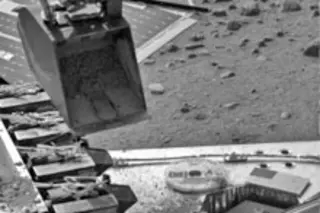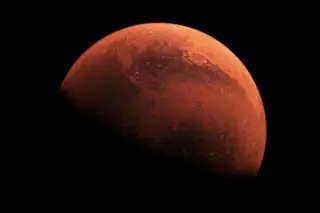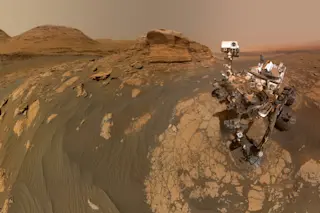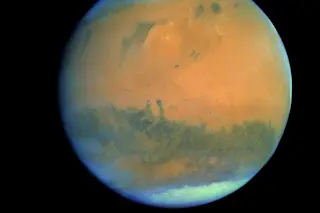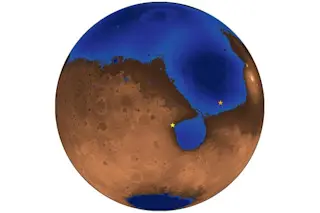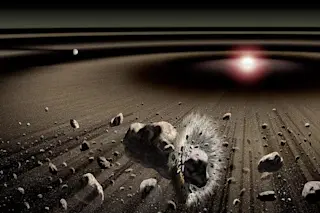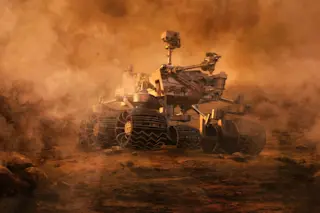The Mars Phoenix Lander has encountered some difficulties in its attempts to analyze the icy soil of Mars. Although the scoop on the end of the lander's robotic arm has effectively scraped up samples from the rock-hard ice layer just below the dirt surface, the samples have stuck in the scoop, and haven't fallen into the waiting instrument below.
The Phoenix team tried two methods of picking up and delivering a sample of the icy dirt over the weekend. In both cases, most of the sample stuck inside the lander's inverted scoop at the end of its 7.71-foot (2.35-meter) robotic arm. "It has really been a science experiment just learning how to interact with the icy soil on Mars — how it reacts with the scoop, its stickiness, whether it's better to have it in the shade or sunlight," [researcher Peter] Smith said [SPACE.com].
The Phoenix is trying to deliver ...


